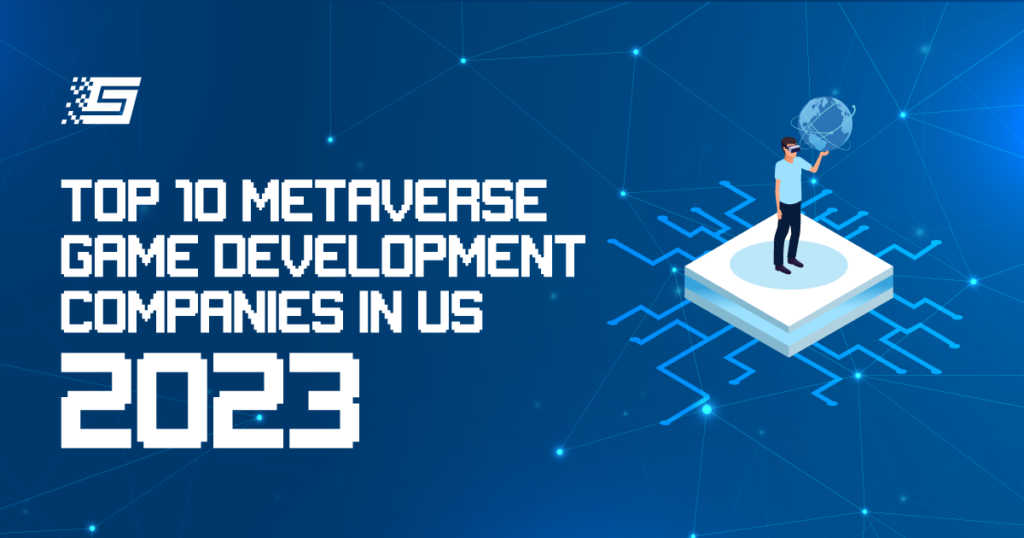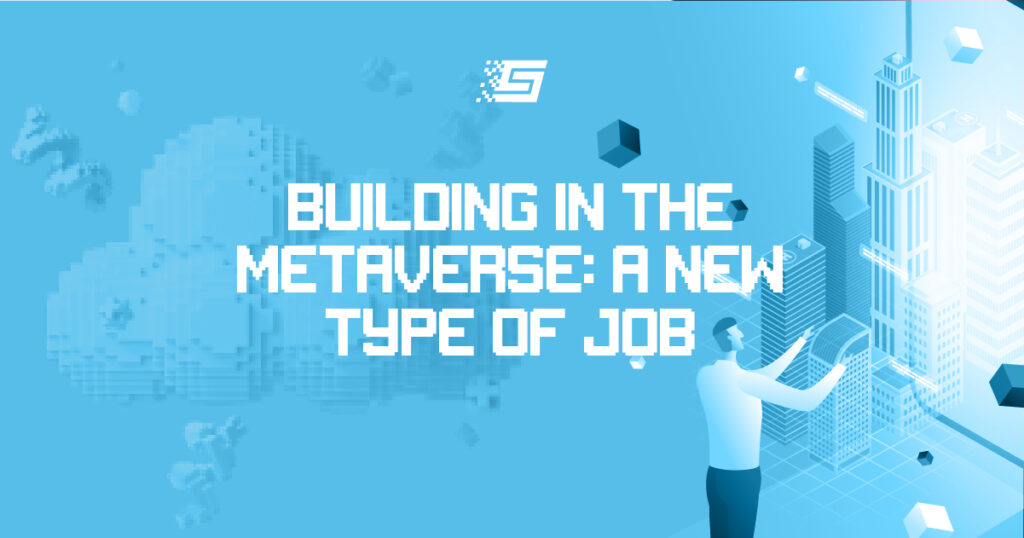7 Secrets You Didn’t Know About Blockchain Games
Blockchain technology is a relatively new invention. Since the birth of Bitcoin in 2008, blockchain and cryptocurrencies are now known throughout the world. Today, Bitcoin is only one of the several blockchains in the crypto space. Other networks include Ethereum, Solana, Binance Smart Chain, Polygon, Tron, Avalanche, Algorand, and counting.
In 2017, Ethereum brought the concept of a decentralized way of managing money to reality. The Ethereum blockchain became an open ground for other developers to build their blockchain products. Generally, developers can now decentralize most things relating to finance. There are decentralized asset exchanges, decentralized lending and borrowing platforms, and decentralized insurance.
Recently, developers saw the need to build decentralized video games as well. Blockchain gaming is a decentralized gaming model. It requires integrating video games with blockchain and cryptocurrency technology. Therefore, every transaction, asset, and character in a game is verifiable on crypto networks.
Blockchain gaming also brought the idea of play-to-earn and the metaverse. Decentralized games use the play-to-earn model because they are decentralized. Hence, players possess the ultimate right to whatever asset they purchase or earn within the game. Additionally, blockchain games can operate on a variety of networks. For example, The Sandbox, an Ethereum metaverse game, plans to integrate its platform with the Polygon blockchain.
Apart from these facts about blockchain games, there are some features of decentralized games that everyone needs to learn. To begin with, let us explain what blockchain contributes to video games.
Blockchain provides decentralization
The core of Satoshi Nakamoto’s invention is to provide individuals with a means to exercise control of their money. This objective spreads further to blockchain games. Consequently, play-to-earn games and metaverse platforms have a few things in common.
The play-to-earn industry works by allowing players to earn cryptocurrencies for playing a game. Also, players buy NFTs in the form of characters to gain access to the game or upgrade their level. Further, players can acquire tokenized characters as a reward for playing.
In like manner, metaverse platforms design vast areas of tokenized land, virtual cities, or universes. Afterward, they invite people to purchase these virtual real estate properties as NFTs and develop them to their taste. In most cases, players earn by reselling their real estate for higher prices on the in-game or secondary marketplace. Otherwise, metaverse players also earn from competitions and quests created by the platforms.
In both cases, players are free of centralized control. This independence is the principal significance of blockchain to video games. Meanwhile, decentralized gaming might also pave the way for something bigger.
Blockchain games and The Metaverse
The metaverse is an immersive virtual word – a computer-generated replica of our physical world. The metaverse is a concept whereby virtual activities seem like they are real. Interestingly, it has been proven that blockchain technology might be essential for the metaverse to succeed.
Your virtual self can own properties, documents, and even certificates through the blockchain. While you control these assets in the metaverse, they will be verifiable in your blockchain-based wallet. Therefore, you can own your metaverse properties as long as you access your non-custodial wallet. Consequently, we can rightly say that play-to-earn is only the beginning of blockchain games.
Blockchain games work with WEB 3.0
Web 1.0, or the “read-only” web, is a term that refers to the earliest form of the internet. The internet back then was a World Wide Web of static, non-interactive pages and a digital encyclopedia. Accordingly, there were no high-resolution visuals or sophisticated mobile apps.
On the other hand, Web 2.0 made user participation and ease of use a priority. The internet has become collaborative and interactive. Similarly, social media platforms, fintech, video sharing, etc., became a reality in the web 2.0 era. Despite intense centralization, web 2.0 is still the dominant form of the internet.
Web 3.0, the read-write-execute form of the internet, is an autonomous and open web. Decentralization is the core of web 3.0 as it proposes the elimination of central authorities. In the meantime, web 3.0 has applied to the blockchain industry. We can connect our non-custodial crypto wallets with decentralized websites and perform transactions.
Blockchain games utilize web 3.0 for all their activities. Players have to connect their wallets to gain access to the game. Moreover, all assets within a blockchain game are stored in players’ wallets. Therefore, you have to authorize in-game transactions directly from your wallets.
This business model creates a perfect decentralized scenario.
You don’t need to be an expert
People might think blockchain games are complex and hard to win. On the contrary, the games mainly require players’ creativity.
For example, building a house on a metaverse platform can be simple. Metaverses like The Sandbox provide the tools players need to develop and design. Similarly, what Axie Infinity players need the most is the time to breed axies.
NFTs are essential
Physical arts and paintings can be stolen or duplicated. However, Non-fungible tokens are as their name suggests: they are not fungible. Therefore, there cannot be duplications of any sort. For instance, the Bored Ape Yacht Club collection comprises 10,000 NFTs. With the record-keeping ability of blockchains, no one can create a different copy of the Bored Apes.
This incredible ability of NFTs makes them highly vital to the blockchain gaming industry. When you own valuables in blockchain games, there cannot be duplicated. Your assets are stored as collectibles in your wallet. Also, you can sell these assets to other players on any NFT marketplace.
Blockchain gaming isn’t Ponzi.
Probably, you have seen some play-to-earn games promising so much reward. If you continue with the gameplay, you might later realize the promises were false. Those projects are either fake or seek to drive traffic.
Play-to-earn projects don’t just distribute rewards and tokens anyhow. Instead, they reward players with a percent of their revenue. Meanwhile, most of their income comes from royalty and interest on NFT sales by players. While play-to-earn platforms might have other sources of income, the team always has a sustainable way of rewarding players. So, whenever you come across a gaming project that is too good to be true, it’s probably not true.
Blockchain games are the future
The blockchain is a sustainable technology for video games to thrive. Moreso, blockchains’ flexibility promotes expansions and partnerships to facilitate the industry’s growth.


